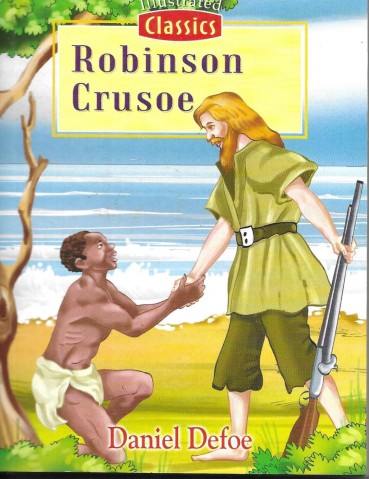The novel is a fairly recent invention. The history of fiction goes back much further with works such as Chaucer’s 1387 Canterbury Tales, Shishuo Xinyu’s fifth century A New Account of Tales of the World and Homer’s eighth century BCE Iliad.

The novel, however, is a distinctly modern and European. Its earliest examples can’t be traced back further than the seventeenth century and its real flowering was in the eighteenth.
The word novel comes from the Italian “novella” meaning a story. A novel is a prose work longer than a short story in which the trials and tribulations of a central character is a major feature.
The rise of the novel reflects the growth of a middle class with the leisure to read and the money to buy books. It is no accident that many of the early novels were written in English in the United Kingdom, where the industrial revolution created such conditions.
The eighteenth century English novel was concerned with complex, middle class characters struggling with morality and circumstances. The first half of the nineteenth century was the era of romanticism, but the impact of industrialism forced a growing engagement with social reality in the Victorian era. In the twentieth century, two world wars, the struggle for the emancipation of women and the dismantling of the old European empires led to a flowering of new voices from those who had hitherto been silent and silenced in literature.
Though I can make no claim to full inclusivity or canonical justification, this is my list of the 20 most important novels that shaped the way we read and write.
- Don Quixote by Miguel de Cervantes’ (1605) can lay (contested) claim to being the first novel in the modern sense.
- Robinson Crusoe by Daniel Defoe (1719) is arguably the first modern novel in English, following over a century after Don Quixote. An adventure story, it invented many of the tropes of colonial literature

- Gulliver’s Travels by Jonathan Swift (1726) spawned the genre of social satire.
- Tom Jones by Henry Fielding (1749) is among the earliest coming of age stories.
- The Castle of Otranto by Horace Walpole (1764) is the first Gothic novel, combining magic with realistic settings.
- Sense and Sensibility by Jane Austen (1811) ushered in the realist novel, which dealt with everyday life
- Waverley by Walter Scott (1814) pioneered the first historical novel.
- Frankenstein by Mary Shelley (1818) though Gothic, can be seen as the first science fiction novel and also the first horror novel.
- The Pickwick Papers, Charles Dickens’ first novel (1836). Though less socially engaged than much of his later work, it nonetheless paints sharp portraits of English life. Like many of his novels, it was first written as a serial and thus introduces a succession of cliffhangers.
- Murders in the Rue Morgue by Edgar Allen Poe (1841) features the first fictional detective. He pioneered the rational analysis of truth which influenced the subsequent development of the genre.
- Uncle Tom’s Cabin by Harriet Beecher Stow (1852) is less significant for its literary quality than for the way it fused fiction with the abolitionist events of the day.
- Madame Bovary by Gustav Flaubert (1856) codified literary realism
- War and Peace by Leo Tolstoy (1869) broke new ground in Russian literature by abandoning narrative in favour of philosophical reflections in large parts of the book. Tolstoy did not even see it as a novel and regarded Anna Karenina (1873) as his first novel.
- The Sheik by Edith Maude Hull (1919) forged the tropes of the modern romance genre.
- Ulysses by James Joyce (1922) pioneered stream of consciousness writing
- The Lord of the Rings by JRR Tolkien (1936) is the first modern work of fantasy.
- The Catcher in the Rye by JD Salinger (1945) articulated the angst and rebellion of post-war teenagers. Though by no means the first coming of age story (among which might be included Henry Fielding’s 1749 Tom Jones, Voltaire’s 1759 Candide and Laurence Sterne’s 1759 Tristram Shandy) Salinger’s book arguably opened up the YA market.
- Things Fall Apart by Chinua Achebe (1958) is a classic of post-colonial literature.

- Wide Sargasso Sea by Jean Rhys (1966) is an anti-colonial and feminist riposte to Charlotte Bronte’s Jane Eyre.
- One Hundred Years of Solitude by Gabriel Garcia Marquez (1967) is a seminal work of magic realism, using fantastical elements to express the absurdity of social reality.


A very interesting list, Neil, notable as much for what you omit as what you include. It would form the basis of several evenings of passionate debate in the pub, I think! I would particularly question the inclusion of War and Peace without the counterbalance of a great American novel (Huckleberry Finn/The Grapes of Wrath/Moby Dick etc)
It is an excellent list, though, and well justified by the notes.
LikeLiked by 1 person
Thanks, Penny. The rationale of the list wasn’t “great literature” but “firsts”.
LikeLiked by 1 person